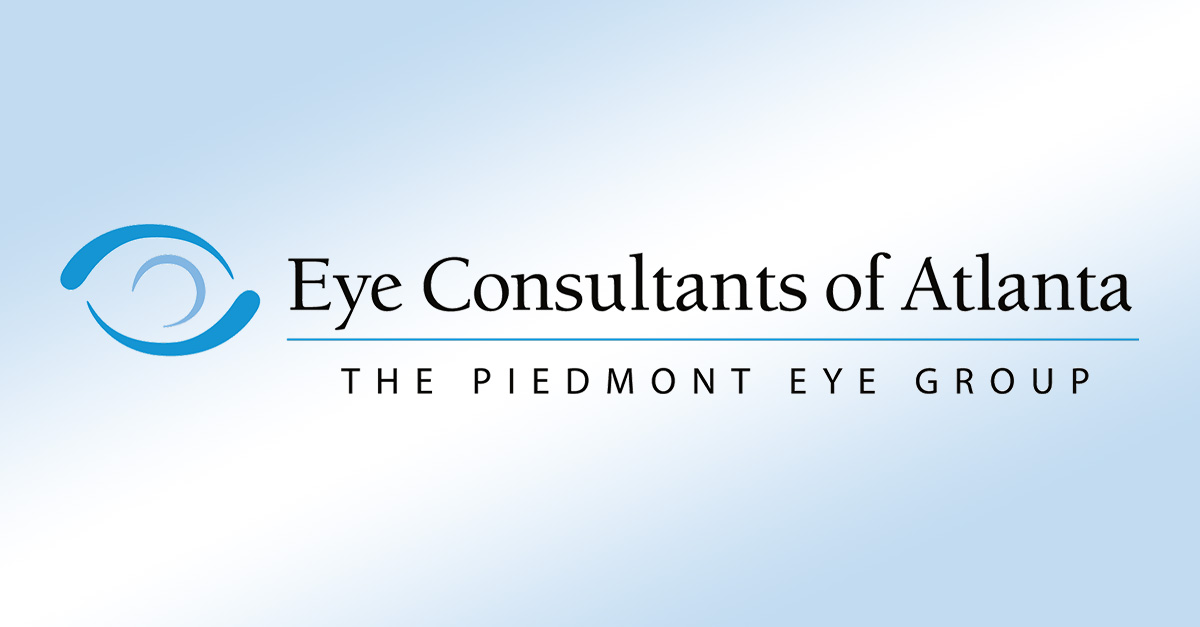February – Age Related Macular Degeneration Awareness Month
February is Age Related Macular Degeneration Awareness Month, shedding light on a degenerative condition that destroys the eyesight of nearly 11 million Americans every single year. Medical researchers believe more than 20 million Americans will be fighting age-related macular degeneration by the time 2050 rolls around. More people lose their vision to age-related macular degeneration than both cataracts and glaucoma combined. Even worse, macular degeneration is incurable.
According to the University of Wisconsin School of medicine, in conjunction with the US CDC, nearly 6.5% of all Americans 40 years of age or older are already dealing with some degree of macular degeneration. While this medical condition is certainly more prevalent in the older white population (affecting 14% of white Americans 80 years of age or older), minority groups are being hit by higher instances of macular degeneration at an increased rate as well.
What Exactly Is Macular Degeneration?
Macular degeneration is essentially the deterioration of the most central portion of your retina, the part of your eye responsible for recording the images the eyes detect and sending them via your optical nerve to the “eye of your brain” to be decoded and recognized. The central portion of your retina is known as your macula, and it does all of the heavy lifting as far as focusing your central vision. This central portion is the part of your eye that helps you read, helps you recognize people, colors, and objects, gives you the ability to play sports and drive a vehicle, and grants you the ability to see the finest details in life.
When macular degeneration starts to hit, that portion of your eyes starts to degrade – faster and faster as you get older – and that’s when your vision starts decline. You’ll still be able to see blurry images at the periphery of your vision, but your central focus (the majority of your focus) is going to be blocked out, blurred out, and unrecognizable.
Breaking down the two different types of age-related macular degeneration:
There are two specific types of age-related macular degeneration, the “dry” and the “wet” conditions.
- Nearly 90% of all age-related macular degeneration situations are of the “dry” variety, with only about 10% being of the “wet” variety.
- Dry macular degeneration (sometimes described as non-neovascular) happens in the early stages of this disease and results mostly from the overall aging and breakdown of the macular tissue in the eye itself. Deposits of pigments and proteins are going to occur inside of the macula, and this is where your “blind spots” are going to start to present themselves.
This process happens on a much more gradual basis compared to the “wet” form of macular degeneration (sometimes described as neovascular). This is a much more advanced and damaging form of eye degradation and occurs when new blood vessels begin to grow beneath your retina and start leaking blood and fluid into your eyeball.
This leakage causes your light-sensitive retinal cells to die off, causing permanent damage and creating blind spots in your central vision that cannot be recovered or repaired. Occult, wet macular degeneration is a little bit less severe than the classic type of wet macular degeneration, but both are far more serious and destroy your vision far faster than dry macular degeneration.
Highlighting the Root Causes and Symptoms of Macular Degeneration
Medical researchers still do not have a full picture of the specific route factors that cause macular degeneration in the first place. There are research teams working around the world to uncover exactly why this condition happens in the first place, but limited funding for this specific disease has hindered progress significantly.
Researchers do believe that the overall root cause of macular degeneration is a more complex intermingling of numerous factors, ranging from hereditary and genetic issues intertwined with environmental and lifestyle choices that combined to create a perfect storm of sorts that works to degrade your vision. Researchers do know that the cells that cause our macula is to deteriorate are different than the cells that cause the Stargardt disease – another disease that robs our vision. Specific genetic factors trigger the Stargardt disease while age-related macular degeneration is a combination of genetic factors and environmental issues.
What Can You Do to Fight Back Against Macular Degeneration?
As highlighted above, there is no currently known cure for macular degeneration, but that doesn’t mean there isn’t anything you can do to prevent this problem from taking hold or to slow down the degradation of your eyesight after you have been diagnosed. Early detection is critical, and your doctor will tell you there are a number of different lifestyle changes you can make – including changes to your diet and exercise habits, encouraging you to avoid smoking if you still do, and providing you with tools to help you protect your eyes from ultraviolet light moving forward.
Hopefully more answers will come from the awareness generated by the initiatives held every February as part of Age Related Macular Degeneration Awareness Month.

